Home>Technology>Security & Surveillance>How To Lock My Door Without A Key
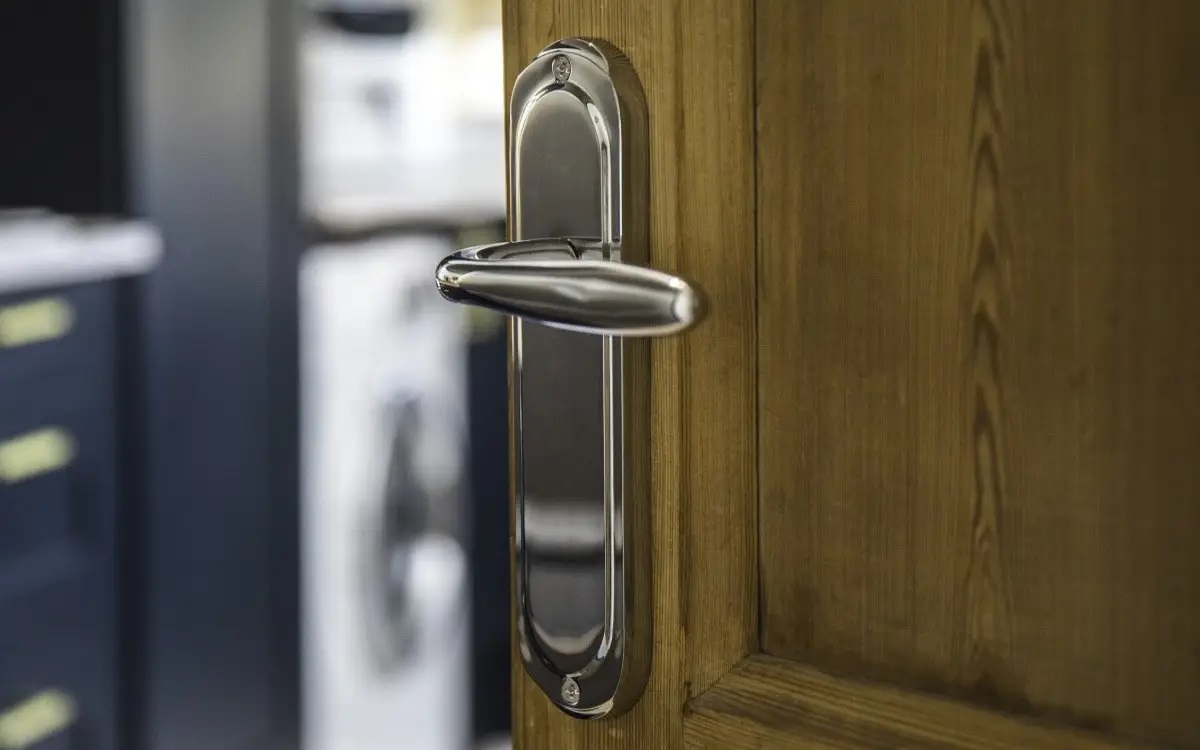

Security & Surveillance
How To Lock My Door Without A Key
Published: December 27, 2023
Discover effective ways to secure your door without a key. Enhance your security and surveillance with these helpful tips and tricks. Protect your home with innovative solutions.
(Many of the links in this article redirect to a specific reviewed product. Your purchase of these products through affiliate links helps to generate commission for Storables.com, at no extra cost. Learn more)
Introduction
Securing your home is a top priority, and one of the most crucial aspects of home security is ensuring that your doors are effectively locked. While traditional locks have long been the standard, technological advancements have introduced a wide array of innovative alternatives. Whether you’re looking to enhance your existing lock system or seeking alternative methods to secure your door without a key, there are numerous options available to suit your specific needs.
In this comprehensive guide, we will explore various methods to secure your door without a key, ranging from traditional locks to cutting-edge keyless entry systems. By understanding the diverse options at your disposal, you can make an informed decision to bolster the security of your home and gain peace of mind.
Key Takeaways:
- Embrace the Future of Security
Upgrade to smart locks and keyless entry systems for convenient, high-tech door security with advanced features like remote access and biometric authentication. - Layer Up Your Security
Combine traditional locks with supplementary devices like security bars and door chains for a comprehensive defense against unauthorized entry, balancing convenience with reliability.
Read more: How To Open My Door Lock Without A Key
Traditional Locks
Traditional locks have been the cornerstone of home security for centuries, offering a fundamental yet effective means of securing doors. The most common type is the pin tumbler lock, which utilizes a set of pins of varying lengths to prevent the lock from opening without the correct key. These locks are typically operated by a mechanical key that aligns the pins to allow the lock cylinder to rotate, thereby unlocking the door.
Deadbolts are another prevalent form of traditional locks, known for their robustness and reliability. They are typically installed as a supplementary locking mechanism alongside the primary lock on a door. Deadbolts extend a solid metal bar into the door frame, providing enhanced resistance against forced entry compared to spring bolt locks.
While traditional locks have proven their effectiveness over the years, they are not without their limitations. For instance, keys can be lost or stolen, potentially compromising the security of your home. Additionally, traditional locks may be vulnerable to picking, bumping, or other forms of manipulation by intruders with the requisite skills and tools.
Despite these drawbacks, traditional locks remain a prevalent choice due to their familiarity, affordability, and widespread availability. However, advancements in security technology have paved the way for alternative locking mechanisms that offer heightened convenience and protection.
Smart Locks
Smart locks represent a revolutionary leap in home security, integrating cutting-edge technology to provide convenient and sophisticated door locking solutions. Unlike traditional locks, smart locks do not rely on physical keys. Instead, they can be controlled and monitored remotely using a smartphone, tablet, or computer, offering unparalleled convenience and flexibility.
One of the key advantages of smart locks is the ability to grant access to your home remotely. Whether you need to let in a guest while you’re away or provide entry to a service professional, smart locks enable you to unlock the door from anywhere with an internet connection. This feature can be particularly valuable in situations where traditional key handover is impractical or inconvenient.
Moreover, smart locks often incorporate advanced security features such as biometric authentication, keypad entry, and activity logs. Biometric smart locks utilize fingerprint or facial recognition technology to grant access, adding an extra layer of security that is difficult to replicate or bypass. Keypad entry allows authorized individuals to input a unique code to unlock the door, eliminating the need for physical keys and simplifying access control.
Furthermore, smart locks can be seamlessly integrated into smart home ecosystems, enabling you to synchronize your door lock with other connected devices such as security cameras, lights, and alarms. This interconnectedness enhances overall home security and enables automated actions, such as triggering the alarm system when the door is unlocked without authorization.
While smart locks offer numerous benefits, it’s essential to consider potential drawbacks, such as reliance on power sources and connectivity. Some smart locks are battery-operated, necessitating regular battery replacement to ensure uninterrupted functionality. Additionally, connectivity issues or system malfunctions could potentially impede remote access and control.
Despite these considerations, the convenience, versatility, and advanced security features of smart locks make them an increasingly popular choice for homeowners seeking to upgrade their door locking systems.
Security Bars and Door Jammers
Security bars and door jammers are physical devices designed to reinforce the security of doors and prevent unauthorized entry. They serve as supplementary measures to traditional locks and are particularly effective in preventing forced entry attempts. Security bars, also known as door security bars or door braces, are adjustable metal bars that are placed across the interior of a door to prevent it from being forced open. These bars are typically designed to be easily installed and removed, making them a versatile and portable security solution.
Door jammers, on the other hand, are compact yet robust devices that are wedged under the doorknob to impede forced entry. They are often adjustable to accommodate varying door heights and can be quickly deployed to reinforce the door’s resistance to external pressure. Door jammers are particularly effective in preventing kick-ins, a common method used by intruders to forcefully breach doors.
Both security bars and door jammers are favored for their simplicity and effectiveness in fortifying door security. They are especially valuable in scenarios where the existing lock may be compromised or in situations where an additional layer of security is desired, such as in hotel rooms or dormitories.
It’s important to note that while security bars and door jammers are highly effective against physical intrusion, they may present challenges in emergency situations that require swift evacuation, as they can impede the quick opening of the door from the inside. As such, it’s crucial to balance the security benefits with the need for rapid egress in the event of an emergency.
When considering security bars and door jammers, it’s essential to select products that are constructed from durable materials and engineered to withstand significant force. Additionally, proper installation and regular maintenance are imperative to ensure optimal functionality and reliability.
Overall, security bars and door jammers serve as valuable additions to a comprehensive home security strategy, offering an additional layer of protection against unauthorized entry and bolstering the overall security of your doors.
Consider installing a deadbolt lock on your door for added security. Deadbolts are more secure than regular locks and can be locked from the inside without a key.
Door Chains
Door chains, also known as security chains, are a simple yet effective mechanism for enhancing door security and controlling access to your home. These devices consist of a chain attached to the door frame and a track on the door itself, allowing the door to be partially opened while still providing a degree of security. When engaged, the door chain restricts the door from fully opening, enabling the occupant to interact with visitors or inspect the outside environment without fully exposing themselves to potential threats.
One of the primary advantages of door chains is their ability to provide a layer of security during face-to-face interactions with unknown individuals, such as delivery personnel or unexpected visitors. By allowing the door to be opened partially, occupants can verify the identity of the individual outside before fully unlocking the door. This feature is particularly valuable for vulnerable individuals, such as the elderly or those living alone, as it offers a degree of control and visibility during interactions with strangers.
Door chains are relatively easy to install and are compatible with most standard doors, making them a convenient and cost-effective security enhancement. They are particularly beneficial in urban or densely populated areas where frequent visitor interactions occur, providing occupants with a sense of security and control over access to their living space.
While door chains offer added security, it’s important to recognize their limitations. In the event of a determined intrusion attempt, door chains may not provide sufficient resistance to prevent forced entry. As such, they are best utilized in conjunction with robust primary locking mechanisms, such as deadbolts or smart locks, to offer comprehensive protection against unauthorized access.
Furthermore, door chains should be regularly inspected and maintained to ensure their reliability. Over time, wear and tear or improper installation can compromise the effectiveness of the chain, potentially rendering it less secure. Occupants should routinely check the integrity of the door chain and promptly address any signs of damage or deterioration.
When utilized as part of a multi-layered security approach, door chains contribute to a comprehensive defense against unauthorized entry, providing occupants with an additional level of control and scrutiny over visitor access while maintaining a crucial barrier against potential threats.
Read more: How To Open My Car Door Lock Without Key
Keyless Entry Systems
Keyless entry systems have revolutionized the way we secure our homes, offering advanced security features and unparalleled convenience. These systems eliminate the need for traditional keys, allowing occupants to unlock and secure their doors using alternative methods such as numeric codes, proximity sensors, or biometric authentication.
Numeric code-based keyless entry systems, commonly known as electronic or digital locks, enable users to input a predetermined code via a keypad to gain access. These systems offer the flexibility to assign unique codes to different individuals, allowing for personalized access control and the ability to track entry and exit times. Additionally, electronic locks often feature tamper-resistant designs and built-in alarms to deter unauthorized access attempts.
Proximity-based keyless entry systems utilize wireless technology, such as RFID (radio-frequency identification) or Bluetooth, to automatically detect authorized devices, such as key fobs or smartphones, and unlock the door when they are in close proximity. This hands-free approach to entry enhances convenience and streamlines the access process, particularly in situations where carrying physical keys may be impractical or cumbersome.
Biometric keyless entry systems employ advanced physiological identifiers, such as fingerprints, retinal patterns, or facial recognition, to grant access. These systems offer a high level of security, as biometric data is unique to each individual and difficult to replicate. By integrating biometric authentication with door locks, occupants can enjoy seamless and secure entry without the need for keys or access codes.
Keyless entry systems are particularly advantageous for homeowners seeking to enhance security while simplifying access management. They offer robust protection against traditional security threats, such as lock picking and key duplication, while providing a user-friendly and customizable experience tailored to the specific needs of the occupants.
It’s important to consider factors such as power sources and backup options when implementing keyless entry systems. Many electronic and biometric locks are battery-operated, necessitating regular battery replacement to ensure uninterrupted functionality. Additionally, contingency plans should be in place to address potential system malfunctions or power outages to prevent lockouts and maintain accessibility.
By leveraging keyless entry systems, homeowners can embrace the future of door security, benefiting from advanced features, streamlined access control, and the peace of mind that comes with cutting-edge protection for their living spaces.
Conclusion
Securing your door without a key encompasses a diverse array of options, each offering unique benefits and considerations. From traditional locks to state-of-the-art keyless entry systems, the evolution of door security has provided homeowners with a wealth of choices to safeguard their living spaces. By understanding the strengths and limitations of each method, you can make informed decisions to fortify your door and enhance the overall security of your home.
Traditional locks, such as pin tumbler and deadbolt mechanisms, continue to serve as reliable and cost-effective solutions for door security. While they may lack the advanced features of their modern counterparts, their simplicity and widespread availability make them a popular choice for many homeowners.
Smart locks represent a leap forward in door security, offering remote access, advanced authentication methods, and seamless integration with smart home ecosystems. Their convenience and sophisticated features make them an appealing option for those seeking to elevate their home security to the next level.
Supplementary devices like security bars, door jammers, and door chains provide additional layers of protection, particularly in reinforcing doors against forced entry and enhancing control over visitor access. When used in conjunction with primary locking mechanisms, these devices contribute to a comprehensive security strategy.
Keyless entry systems, whether based on numeric codes, proximity sensors, or biometric authentication, offer a futuristic approach to door security, combining advanced features with user-friendly access control. Their ability to eliminate the reliance on physical keys and provide personalized security measures makes them an attractive choice for modern homeowners.
Ultimately, the most effective approach to securing your door without a key may involve a combination of these methods, tailored to your specific security needs and preferences. By carefully evaluating the options available and considering factors such as convenience, reliability, and overall security enhancement, you can create a robust defense against unauthorized entry and enjoy greater peace of mind within your home.
Whether you opt for the time-tested reliability of traditional locks, the cutting-edge technology of smart locks, or the added security provided by supplementary devices, the goal remains the same: to protect your home and loved ones while maintaining a sense of control and convenience in accessing your living space.
Frequently Asked Questions about How To Lock My Door Without A Key
Was this page helpful?
At Storables.com, we guarantee accurate and reliable information. Our content, validated by Expert Board Contributors, is crafted following stringent Editorial Policies. We're committed to providing you with well-researched, expert-backed insights for all your informational needs.
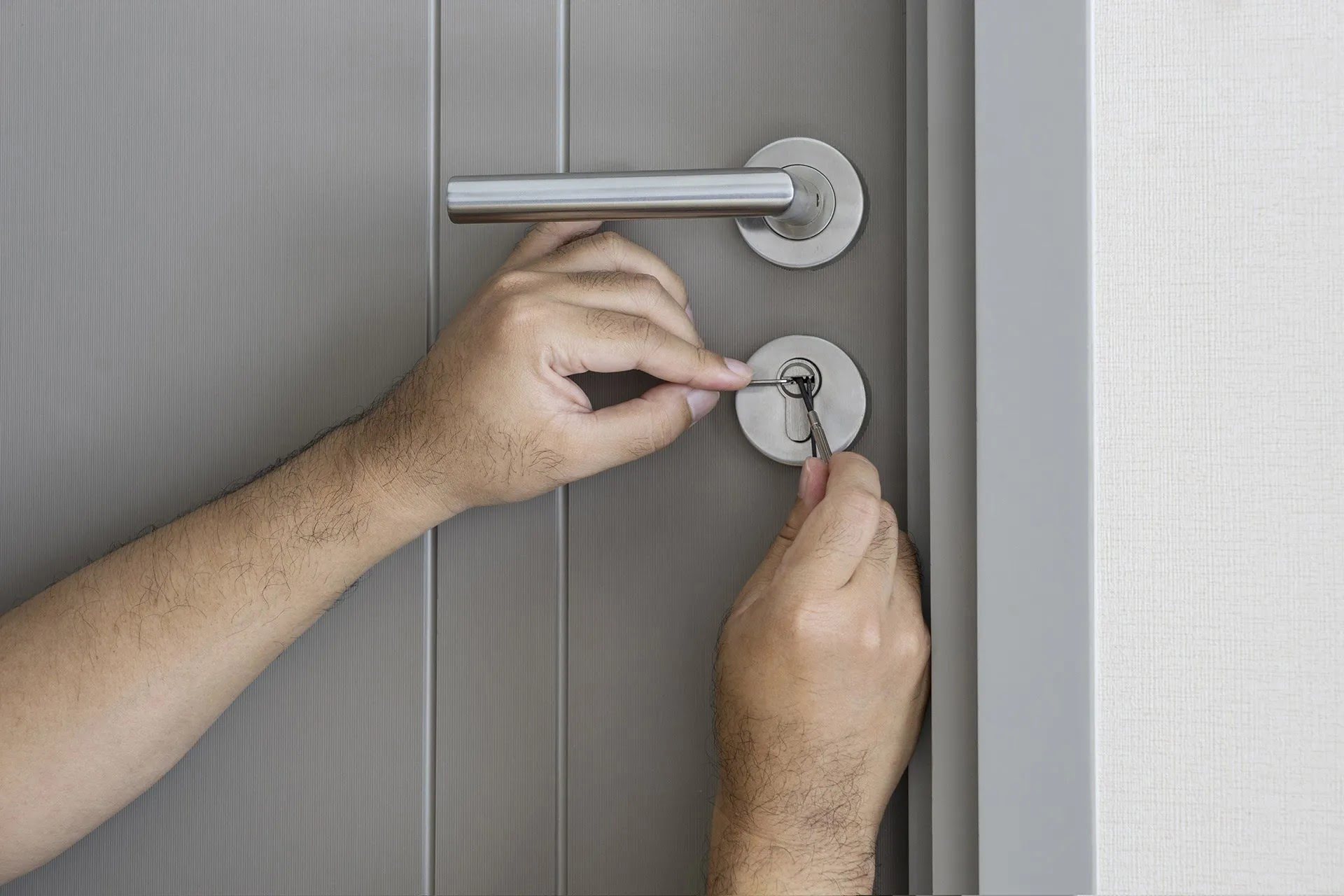
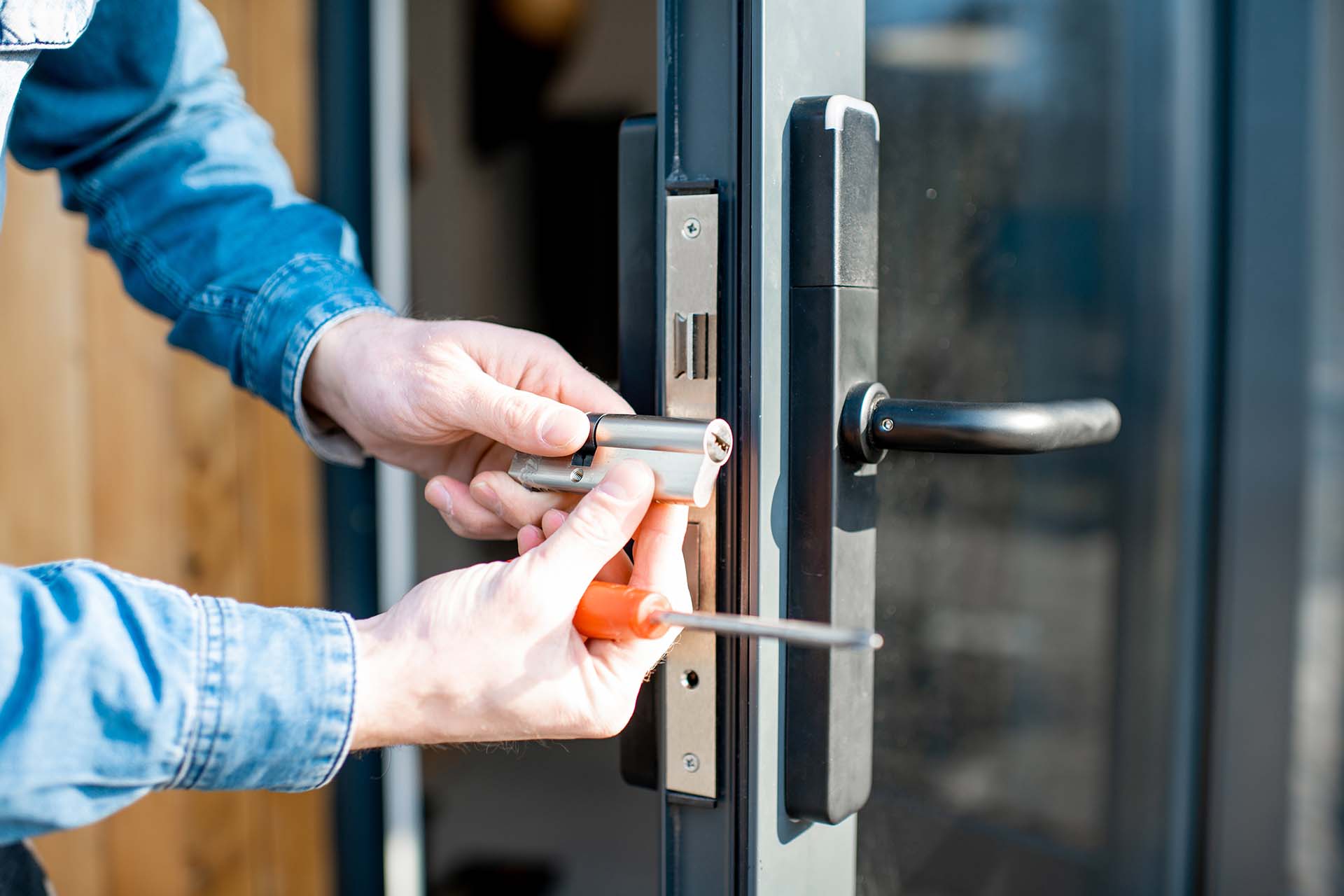
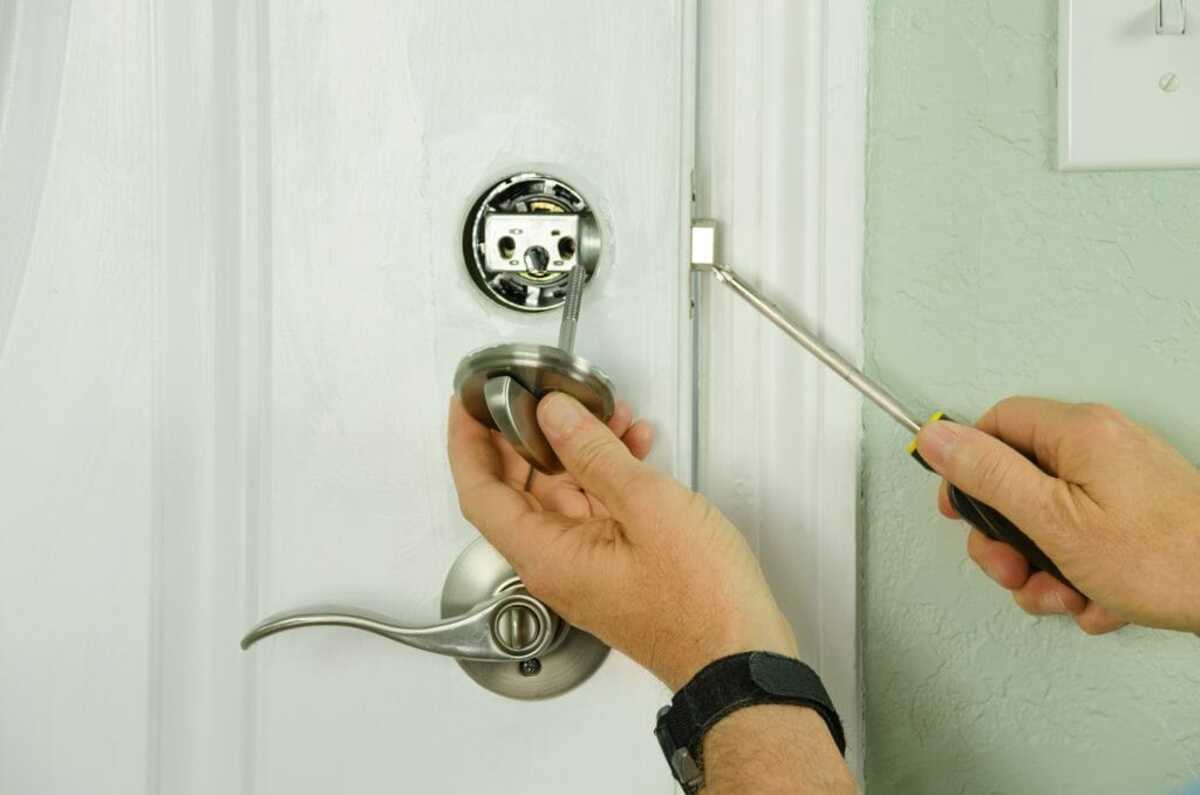
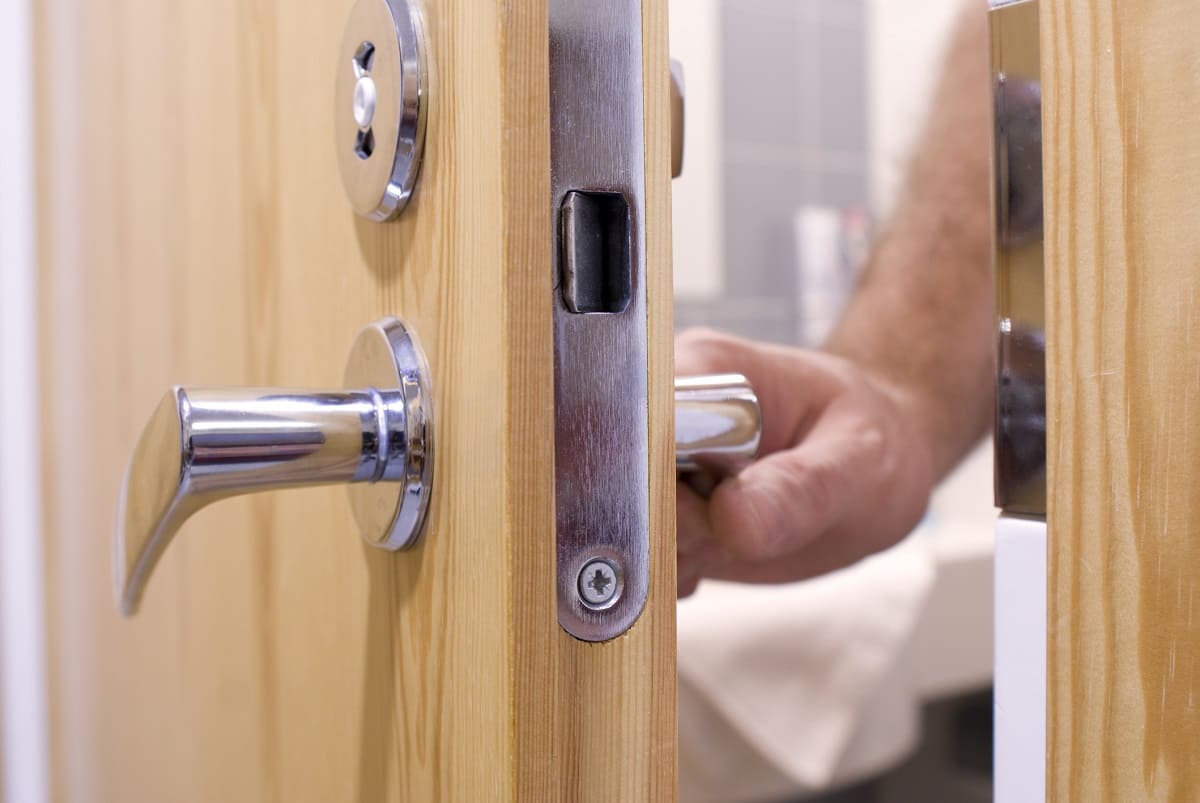
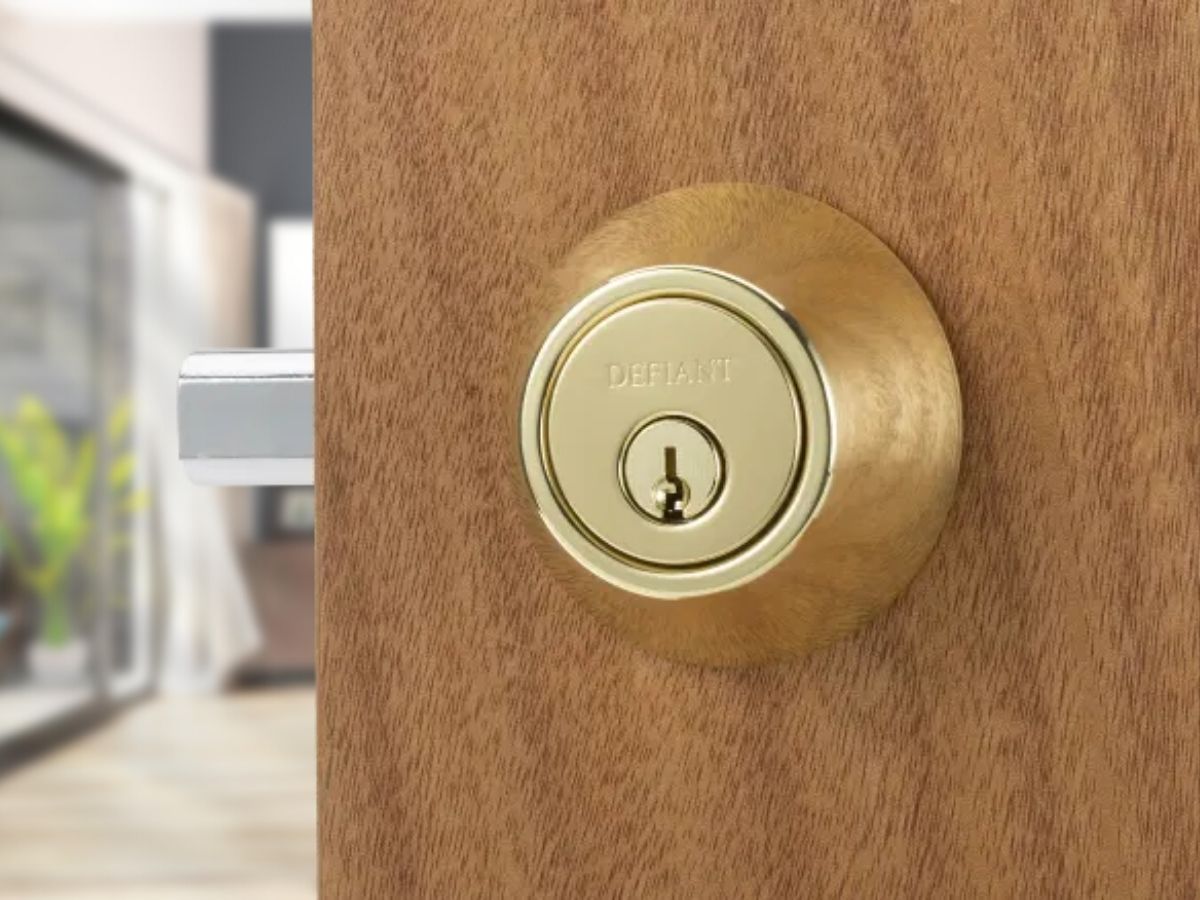
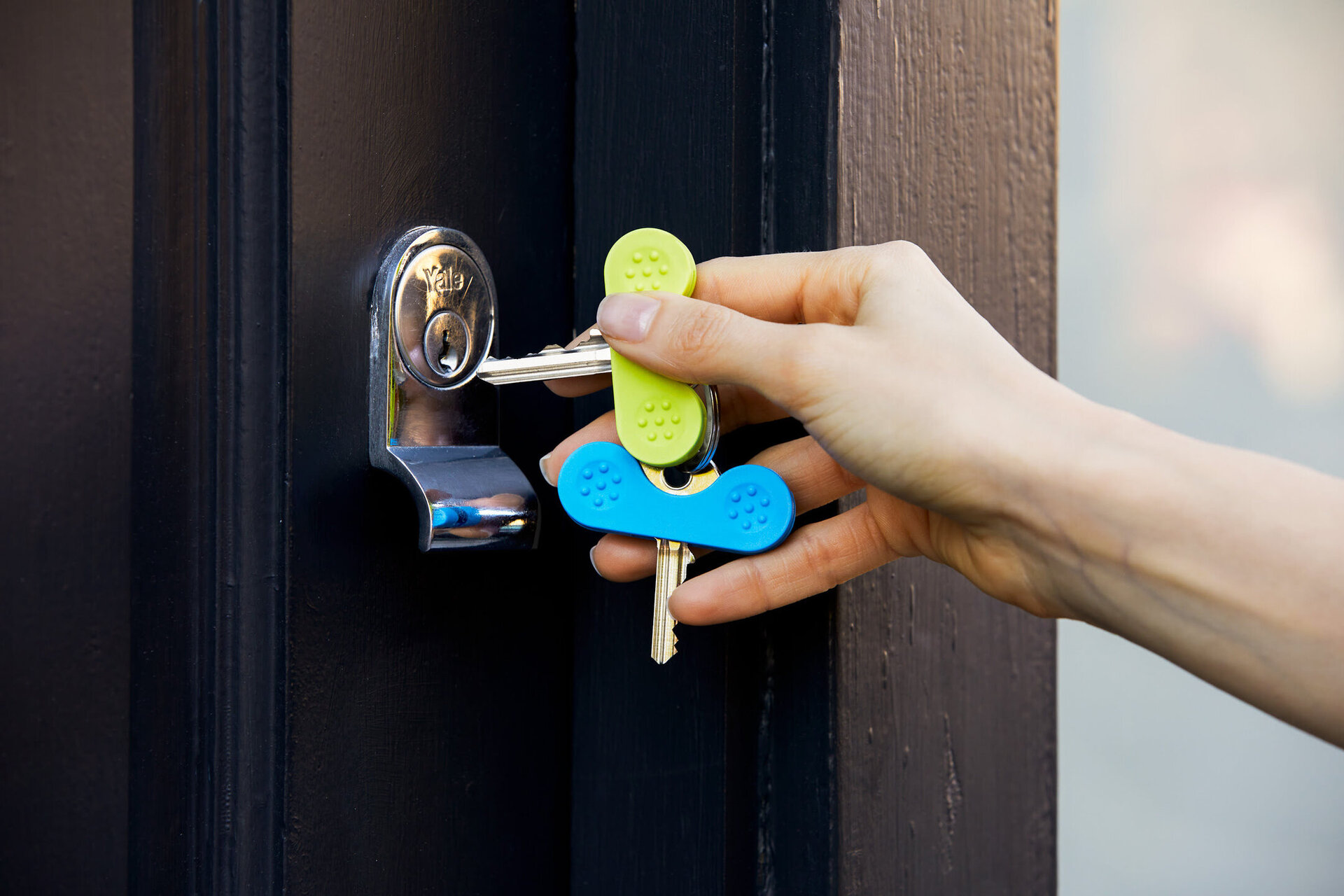
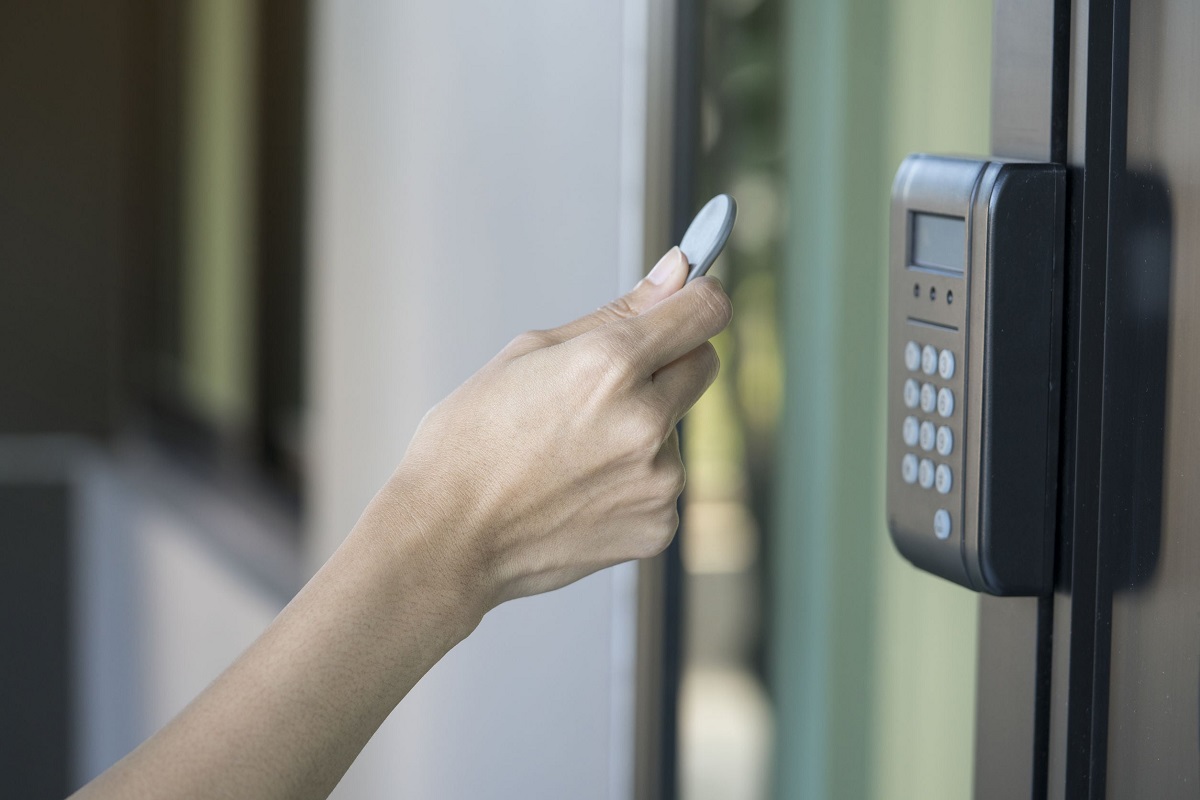
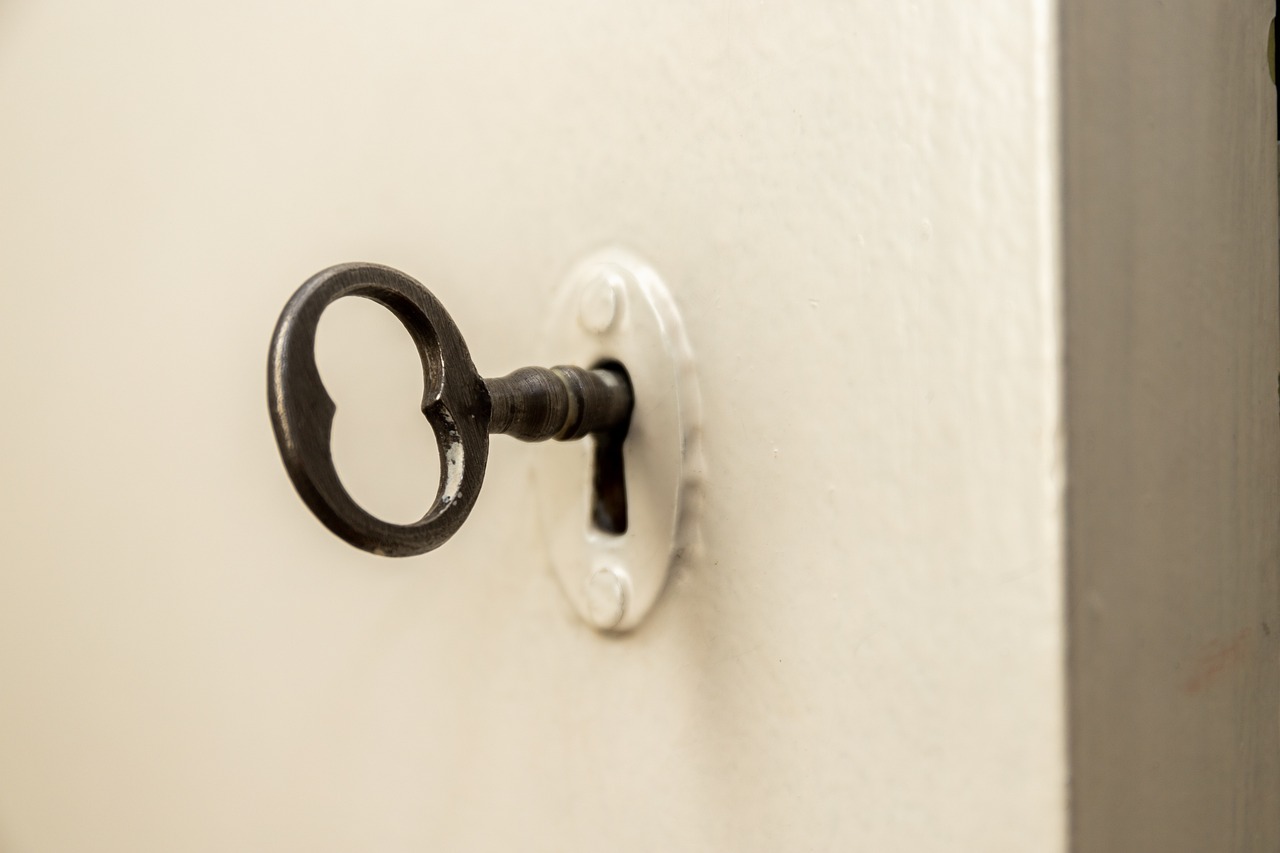
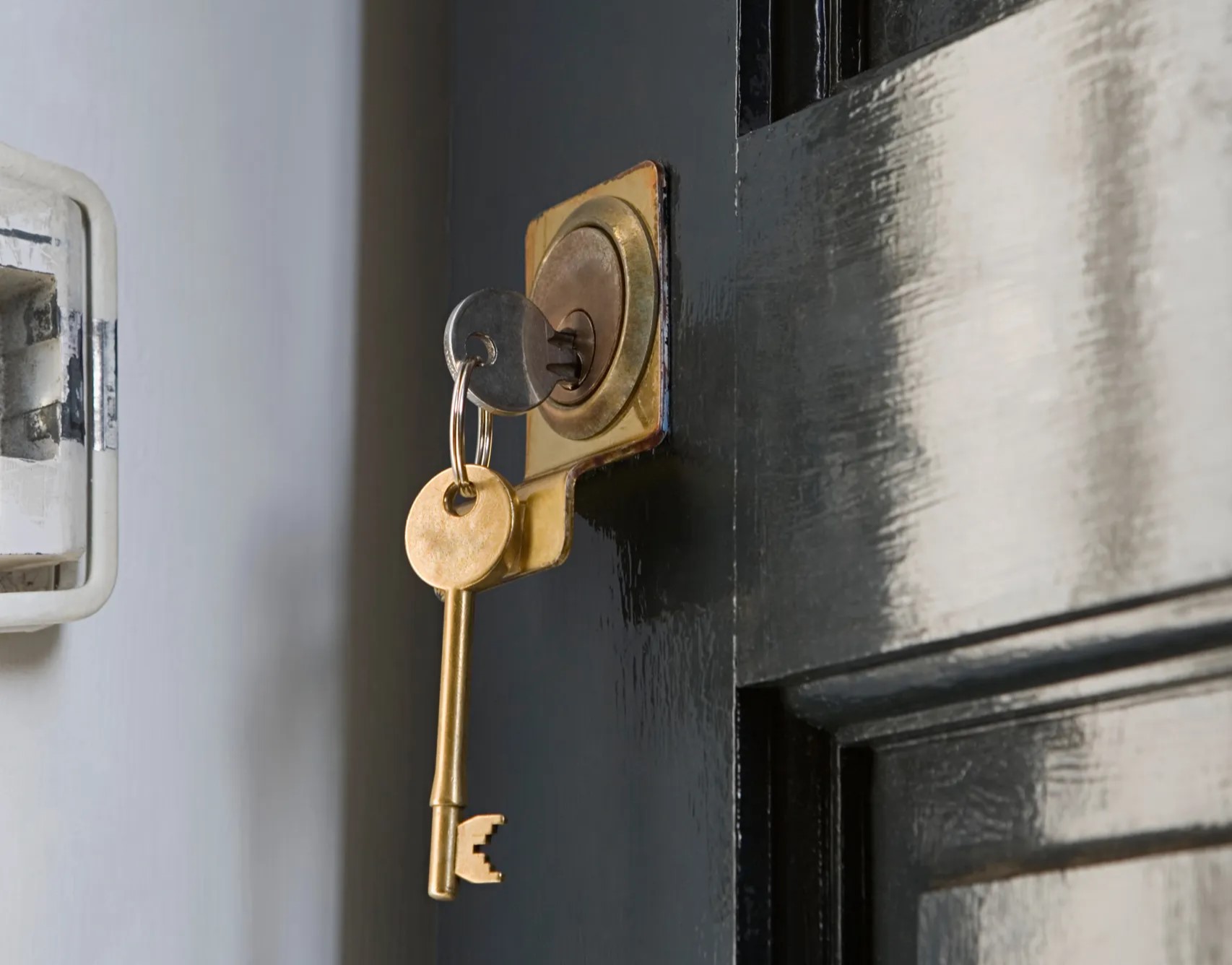
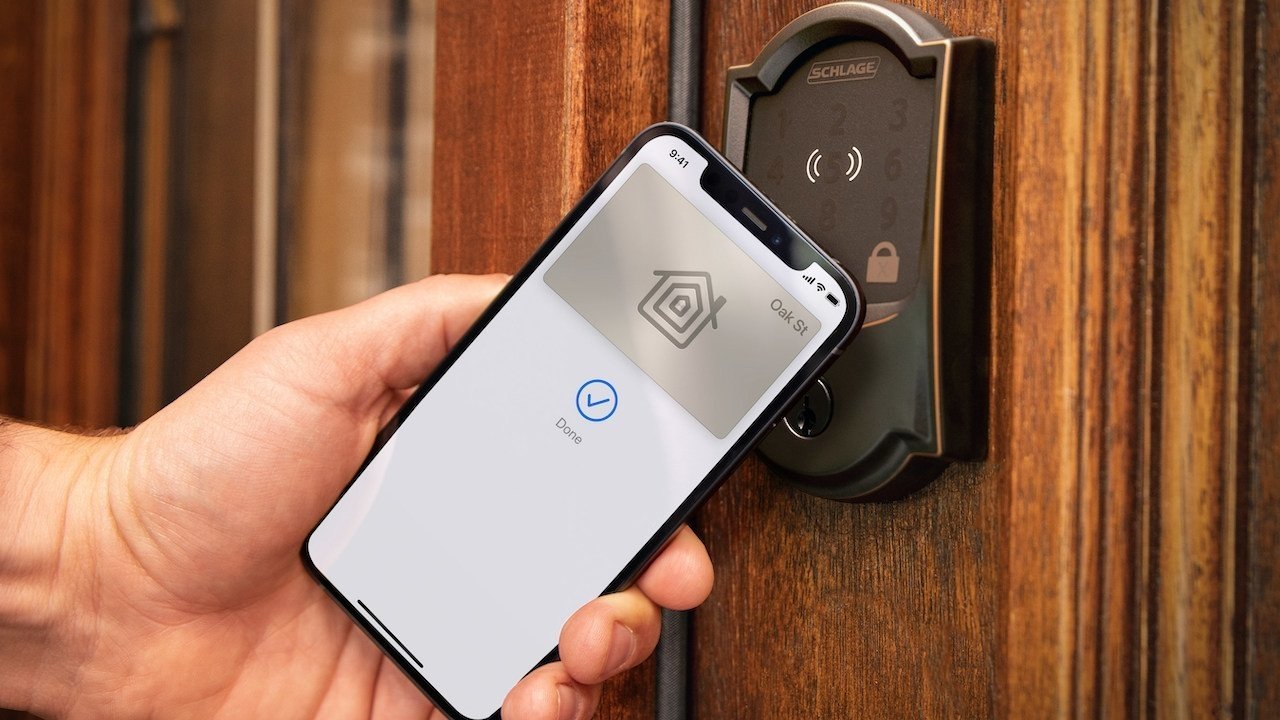
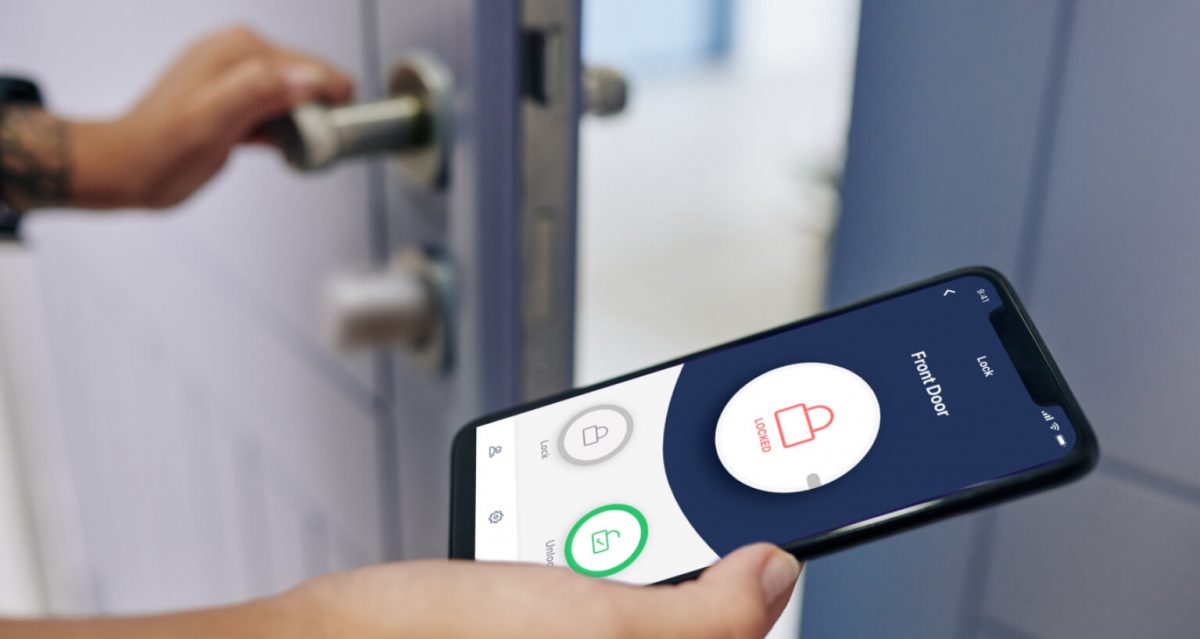
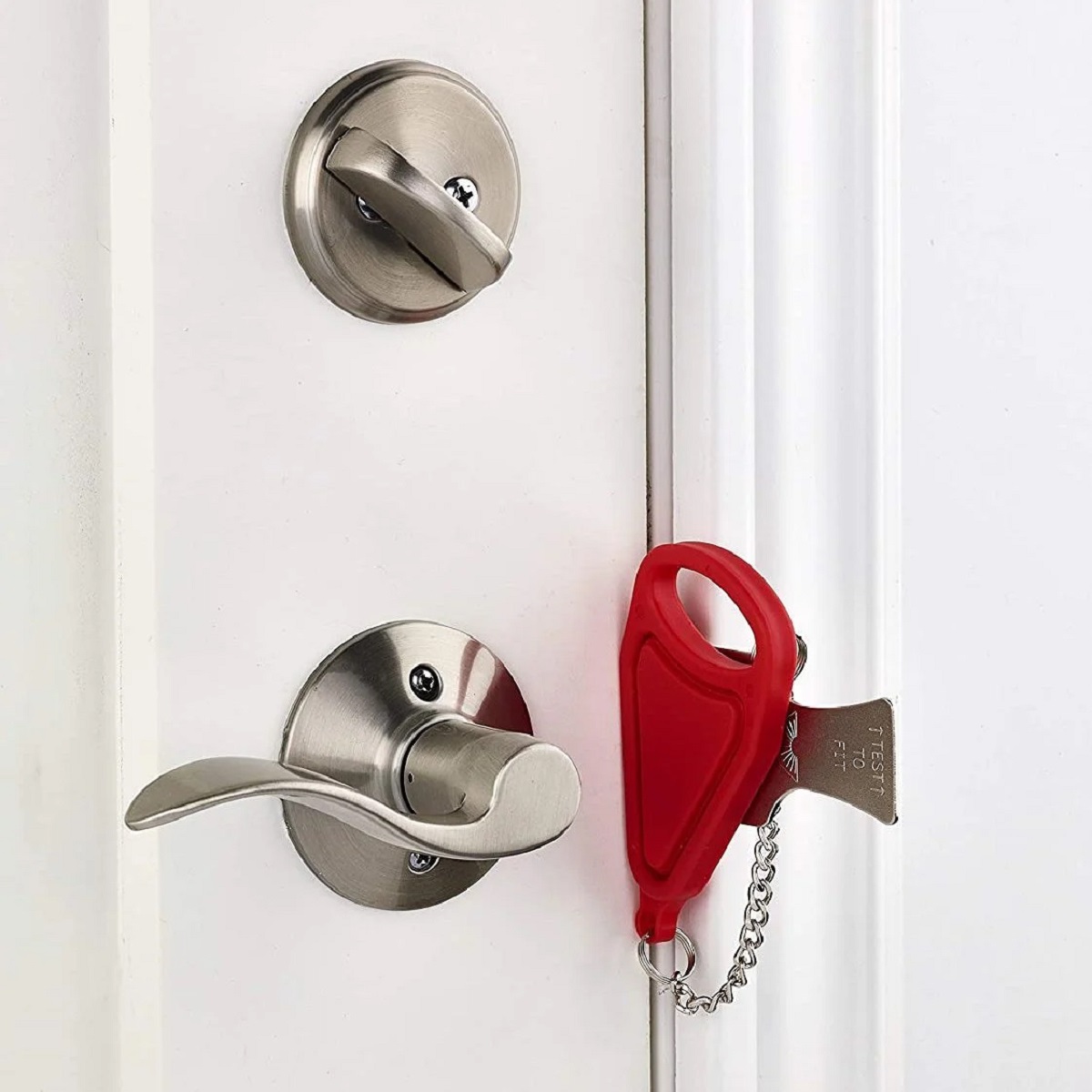

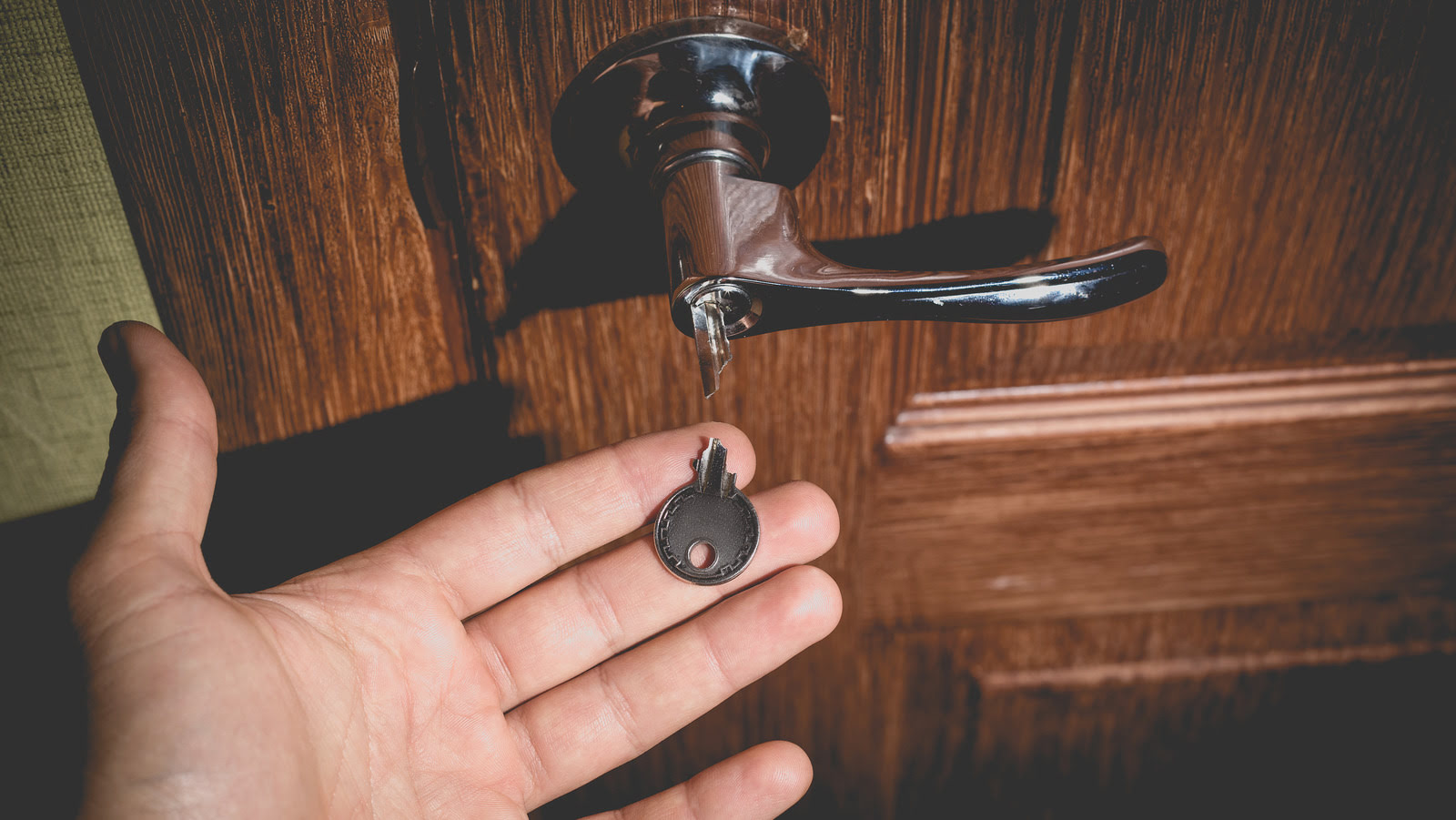

0 thoughts on “How To Lock My Door Without A Key”